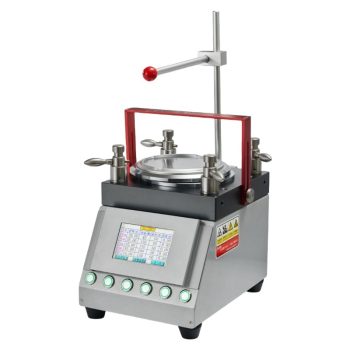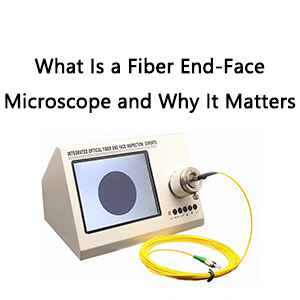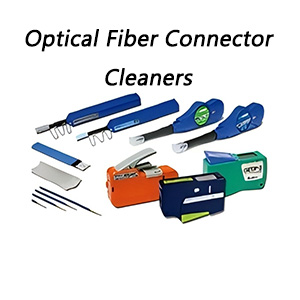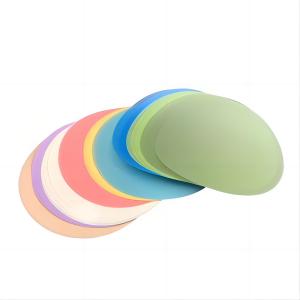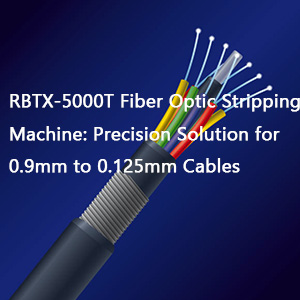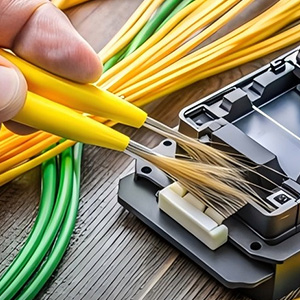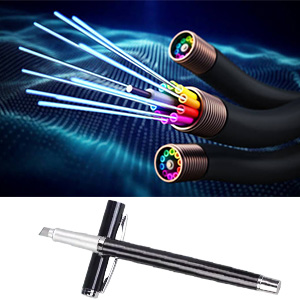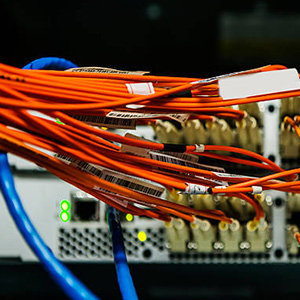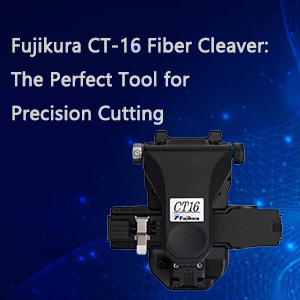Automatic fiber optic connector polishing machines are a must-have for fiber cable assembly houses (fiber patch cable manufacturers) to ensure high volume, high quality, and consistent polishing. This buying guide will steer you towards the perfect machine tailored to your specific needs.
The 7 Commandments for Selecting a Fiber Optic Connector Polishing Machine
When evaluating polishing machines, seek out one that minimizes any variation in the polishing process. Variations can lead to inconsistent finishes. Modern polishing machines are crafted to eliminate such variations, ensuring top-notch, uniform results.
Do your homework before deciding; follow these 7 steps, and you’ll be on the right track. (Buy Fiber Optic Connector Polishing Machines here)
- Adjustable Pressure: The final end-face geometry of a fiber connector is shaped by the interplay of the applied pressure and the hardness of the polishing pad. To refine the connector’s end-face, the machine must feature an adjustable pressure setting tool with clearly marked divisions for precision. Look for four-corner hold-downs. These evenly distribute pressure across the connector holder, reducing the risk of off-center polishing. An alternative—applying pressure from the center—might cause the holder to wiggle or vibrate, leading to inconsistent finishes due to increased vertex offset. The polishing film rests on a rubber pad. These pads, in tandem with the four-corner hold-downs, spread pressure evenly across the polishing area. Their resilience also helps control the curvature radius as the ferrule is pressed into the pad during polishing. Different pads (and accompanying spacers) are available for various connector styles, making it crucial to use the appropriate one.
- Timer Functionality: Timing is crucial for the connector polishing process. Each cable assembly house may have their own preferred polishing films and durations. A settable timer is essential for a predefined sequence of polishing steps, typically ranging from 0 to 60 seconds.
- Ease of Changing Connector Holders: The machine should ideally handle various fiber connector types, such as SC, ST, FC, LC, MU, E2000, SMA, etc. For full utilization, it must be easy and quick to switch between different connector holders, boosting production output and reducing labor costs. Interchangeable connector holders also increase production line flexibility. Precision connector holders are critical, requiring exact machining tolerances to ensure ferrules are accurately positioned for polishing.
- Removable Polishing Platens: Polishing platens hold the polishing films and facilitate the polishing action against the connector end-face. If easily removable, they can minimize contamination risks and extend the life of the polishing films.
- Polishing Motion Pattern: The polishing motion is pivotal in determining the connector’s end-face quality. It must ensure evenly balanced pressure across all sides to prevent deformed end-face geometry, which can lead to out-of-spec products and affect production yield and costs. The ideal polishing motion is depicted in the following figure. It should be an orbital circular oscillation motion.
- APC (8° Angle) Connector Polishing Capability: APC 8° angled polishing is essential for achieving very low back reflection levels, such as less than -65dB. The machine should handle both PC and APC polishing without requiring separate machines for each. There’s a new type of PC (physical contact) polish called MPC (Maximum Physical Contact), which can meet some APC specifications. However, APC polishing is still often demanded.
- Polishing Recipes from the Manufacturer: Today’s fiber connectors must meet industry-standard specifications. To consistently meet these performance requirements, polishing machine vendors typically provide proven polishing “recipes” to achieve connector specifications. The following table illustrates an example.

